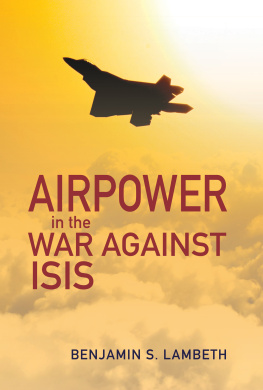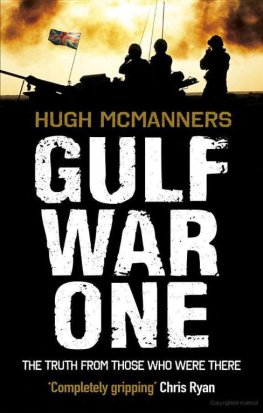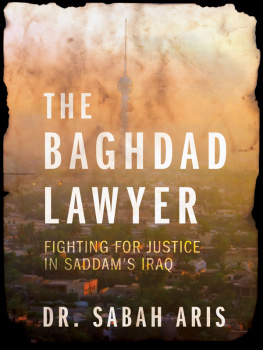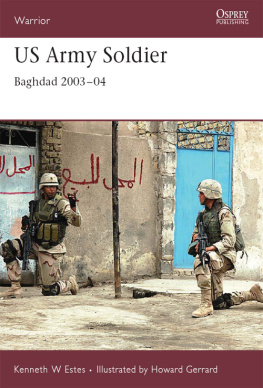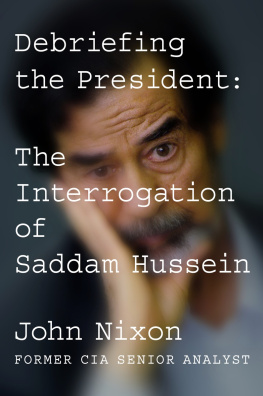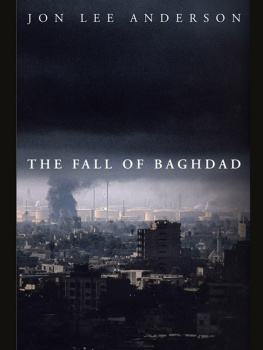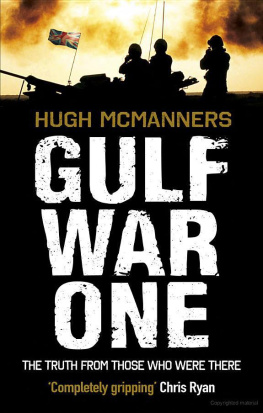Benjamin S. Lambeth - The Unseen War: Allied Air Power and the Takedown of Saddam Hussein
Here you can read online Benjamin S. Lambeth - The Unseen War: Allied Air Power and the Takedown of Saddam Hussein full text of the book (entire story) in english for free. Download pdf and epub, get meaning, cover and reviews about this ebook. year: 2013, publisher: Naval Institute Press, genre: Politics. Description of the work, (preface) as well as reviews are available. Best literature library LitArk.com created for fans of good reading and offers a wide selection of genres:
Romance novel
Science fiction
Adventure
Detective
Science
History
Home and family
Prose
Art
Politics
Computer
Non-fiction
Religion
Business
Children
Humor
Choose a favorite category and find really read worthwhile books. Enjoy immersion in the world of imagination, feel the emotions of the characters or learn something new for yourself, make an fascinating discovery.

- Book:The Unseen War: Allied Air Power and the Takedown of Saddam Hussein
- Author:
- Publisher:Naval Institute Press
- Genre:
- Year:2013
- Rating:5 / 5
- Favourites:Add to favourites
- Your mark:
The Unseen War: Allied Air Power and the Takedown of Saddam Hussein: summary, description and annotation
We offer to read an annotation, description, summary or preface (depends on what the author of the book "The Unseen War: Allied Air Power and the Takedown of Saddam Hussein" wrote himself). If you haven't found the necessary information about the book — write in the comments, we will try to find it.
After several days of intense air strikes against fixed enemy targets, allied air operations began concentrating on Iraqi ground troops. The intended effect was to destroy Iraqi resistance and allow coalition land forces to maneuver without pausing in response to enemy actions. Iraqi tank concentrations were struck with consistently lethal effect, paving the way for an allied entrance into Baghdad that was largely unopposed. Husseins regime finally collapsed on April 9. Viewed in hindsight, it was the combination of allied air power as an indispensable enabler and the unexpected rapidity of the allied ground advance that allowed coalition forces to overrun Baghdad before Iraq could mount a coherent defense.
In achieving this unprecedented level of performance, allied air power was indispensable in setting the conditions for the campaigns end. Freedom from attack and freedom to attack prevailed for allied ground forces. The intended effect of allied air operations was to facilitate the quickest capture of Baghdad without the occurrence of any major head-to-head battles on the ground.
This impressive short-term achievement, however, was soon overshadowed by the ensuing insurgency that continued for four years thereafter in Iraq. The mounting costs of that turmoil tended, for a time, to render the campaigns initial successes all but forgotten. Only more recently did the war begin showing signs of reaching an agreeable end when the coalitions commander put into effect a new counterinsurgency strategy in 2007 aimed at providing genuine security for Iraqi citizens.
The toppling of Husseins regime ended the iron rule of an odious dictator who had brutalized his people for more than 30 years. Yet the inadequate resourcing with which that goal was pursued showed that any effective plan for a regime takedown must include due hedging against the campaigns likely aftermath in addition to simply seeing to the needs of major combat. That said, despite the failure of the campaigns planners to underwrite the first need adequately, those who conducted the three-week offensive in pursuit of regime change performed all but flawlessly, thanks in considerable part to the mostly unobserved but crucial enabling contributions of allied air power.
Benjamin S. Lambeth: author's other books
Who wrote The Unseen War: Allied Air Power and the Takedown of Saddam Hussein? Find out the surname, the name of the author of the book and a list of all author's works by series.

